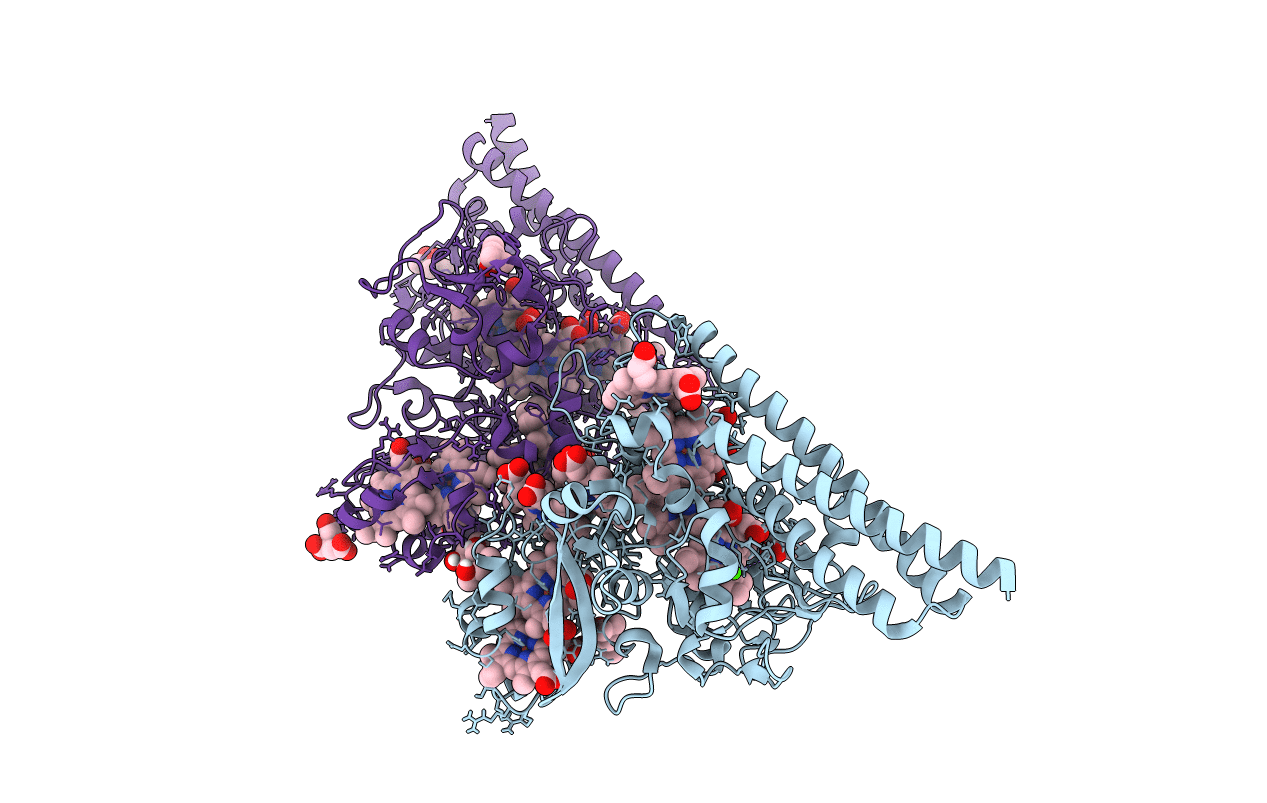
Deposition Date
2007-02-07
Release Date
2008-04-08
Last Version Date
2024-11-20
Entry Detail
PDB ID:
2OT4
Keywords:
Title:
Structure of a hexameric multiheme c nitrite reductase from the extremophile bacterium Thiolkalivibrio nitratireducens
Biological Source:
Source Organism:
Thioalkalivibrio nitratireducens (Taxon ID: 186931)
Method Details:
Experimental Method:
Resolution:
1.50 Å
R-Value Free:
0.14
R-Value Work:
0.12
R-Value Observed:
0.12
Space Group:
P 21 3


